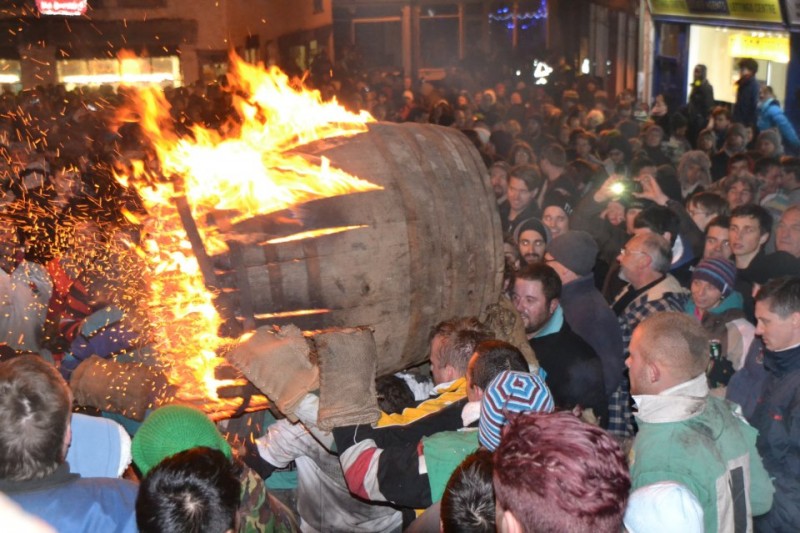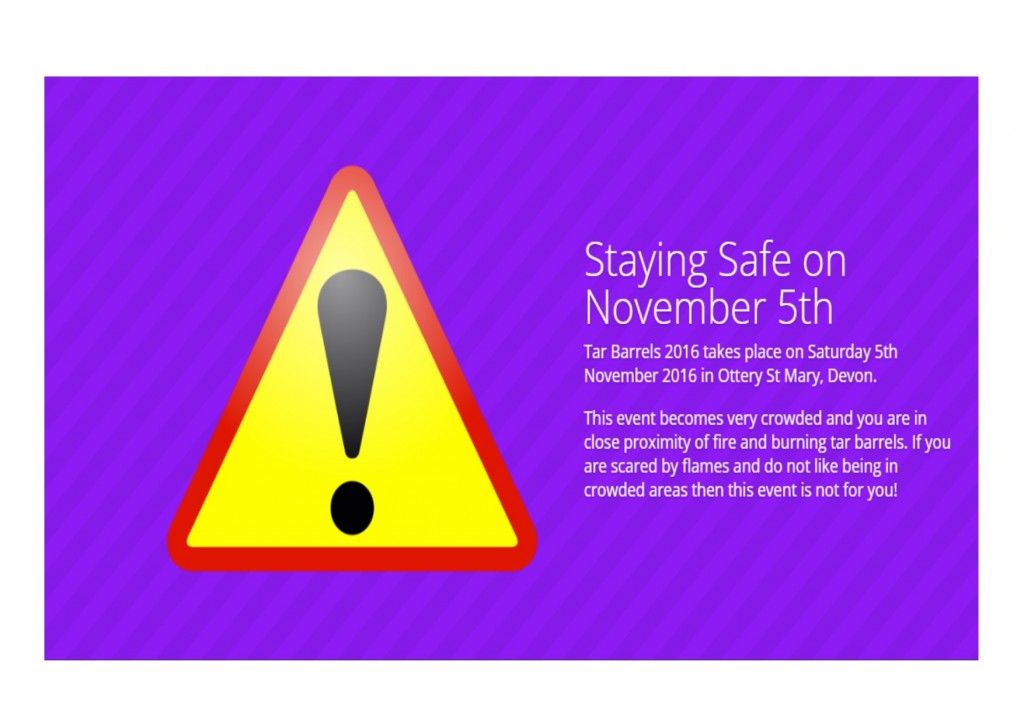I talk to wonderful groups all over Devon and into neighbouring Counties, such as W.I’s, University of the 3rd Age (U3A), Probus Clubs and many more, my topic being the Trials and Tribulations of running a small rural farm and Bed and Breakfast – an amusing tale even though I say it myself. But there is a serious message to my talk – the critical need to ensure the survival of small farms such as ours (only 45 acres), as they are so important to local communities, to agriculture itself, and to education. When we first moved to Yellingham Farm there were 4 or 5 small farms like us – not any more. They are all slowly disappearing.
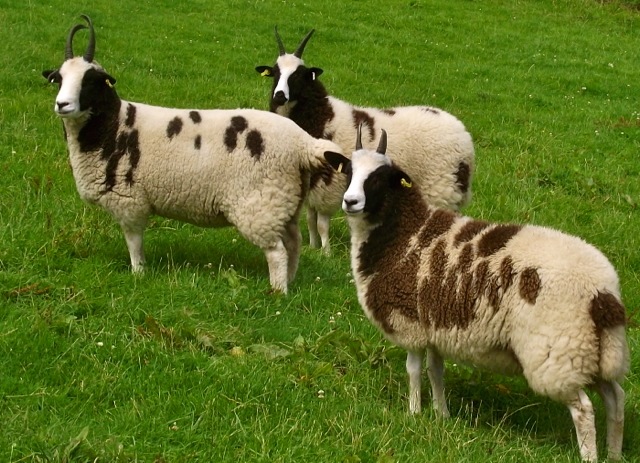 I was preparing to get myself ready for a talk to a wonderful group of elderly people when one of my rather “special” female B and B guests was most intrigued to hear more about my talking exploits. Mary was a vibrant large, well proportioned lady, in her late 20’s, some 6ft tall, who was dressed to the nines, made up with lipstick brighter than the colour of my blood, eye lashes so long and black they could have brushed my dog, and foundation that would have supported a new house! That’s without a fake tan that my Samoan friend would be proud of. I thought I could talk but she was good competition for me chatting away in her wonderful northern accent. But there was something very kind about Mary. I couldn’t put my finger on it, but it was there under the surface. I liked her – a lot. Any rate, I was packing up all my beautiful woollen goods produced from my flock of Jacob sheep which I take to show my audience as part of my talk when Mary burst in. I really couldn’t believe that this out and out city girl had any interest at all about me talking to a group of elderly women, but seriously, she couldn’t stop asking me questions. She honestly didn’t believe such events took place. Her life, as she explained was shopping, television, more shopping, Ibiza, gin and clubbing – she wasn’t at all ashamed about that – it was her way of life and she loved it.
I was preparing to get myself ready for a talk to a wonderful group of elderly people when one of my rather “special” female B and B guests was most intrigued to hear more about my talking exploits. Mary was a vibrant large, well proportioned lady, in her late 20’s, some 6ft tall, who was dressed to the nines, made up with lipstick brighter than the colour of my blood, eye lashes so long and black they could have brushed my dog, and foundation that would have supported a new house! That’s without a fake tan that my Samoan friend would be proud of. I thought I could talk but she was good competition for me chatting away in her wonderful northern accent. But there was something very kind about Mary. I couldn’t put my finger on it, but it was there under the surface. I liked her – a lot. Any rate, I was packing up all my beautiful woollen goods produced from my flock of Jacob sheep which I take to show my audience as part of my talk when Mary burst in. I really couldn’t believe that this out and out city girl had any interest at all about me talking to a group of elderly women, but seriously, she couldn’t stop asking me questions. She honestly didn’t believe such events took place. Her life, as she explained was shopping, television, more shopping, Ibiza, gin and clubbing – she wasn’t at all ashamed about that – it was her way of life and she loved it.
What happened next was a complete surprise.
“Janet, when is your talk?”
“Tomorrow morning”
“Can I come with you?”
I truly couldn’t believe what I was hearing and to be honest I am not sure it would be her scene, in fact I was slightly concerned about the reaction of my audience to this rather vivacious, lady. To hell with it.
“Mary, I would be delighted if you came along, I am sure you will love the morning”.
Oh my goodness, what had I just signed up to? I rang the organiser and said I had a “friend” who was staying and would she mind if I brought her along for the morning. The reply was a definite yes and she was sure all the members would be delighted to share their morning with her as well. My mind told me otherwise. I didn’t sleep, what an earth would Mary wear?
It was about 10 o’clock that evening when Mary and her husband returned home and by the sounds of things they had had a great night out. But the peace didn’t last long and dear husband must have upset dear Mary. Boy did she give him some tongue pie! All went silent fairly quickly as I’m sure, from my brief knowledge of this strong woman, he knew when he was beaten. Maybe after such a good night out, she might be so tired, oversleep and I would go off to my talk relaxed and smiling.
The morning came and as I thought, Mary did not make an early breakfast. I told her we had to leave by 10 o’clock as the meeting was at 11.00 and I like to be on time. She was nowhere to be seen. I had to go. I bundled everything into my old white Daihatsu and off I set. In some ways I was disappointed as even though I was not at all sure about the response she might get, I genuinely thought she wanted to come with me.
I had driven about 4 miles when my mobile went off. It was Edward.
“Mary has just flown down the stairs at break neck speed, nearly fell as she’s wearing 6 inch heels and is ready to come with you”
I could tell he was smiling. I said I didn’t have time to turn around and was about to put the phone down when there was some urgency in his voice.
“She is ready and really, sincerely wants to come”.
He told me to stay where I was and he would bring Mary to meet me. The minutes ticked past and I was far from happy. I was going to be late. Edward’s green Volvo came flying up the hill to the pub where I had parked. I can’t say he screeched to a halt but it wasn’t far off. I cannot describe my next thoughts. Oh my goodness. I didn’t know you could buy such clothes. I thought we are going to look like a party trick walking into a village Hall. I was dressed in a cream skirt (knee length), a smart navy and cream polka dot blouse (done up at the neck, definitely no cleavage on show), a navy woollen jacket and navy court shoes – traditionally classic in style. I don’t think what Mary was wearing fitted into any style whatsoever – plain and simply Mary Style.  She wore a bright red, tight fitting mini skirt, a white see-through skimpy blouse showing masses of cleavage and red stiletto heeled shoes with black fishnet tights. Her makeup matched entirely and her outfit was completed with huge gold hoop earrings and more makeup than is for sale in Debenhams. Let’s hope there aren’t any men in the audience otherwise I can see the ambulance being required! She climbed out of Edward’s car, tottered over to mine, jumped in the truck, smiled the most beautiful smile and said,
She wore a bright red, tight fitting mini skirt, a white see-through skimpy blouse showing masses of cleavage and red stiletto heeled shoes with black fishnet tights. Her makeup matched entirely and her outfit was completed with huge gold hoop earrings and more makeup than is for sale in Debenhams. Let’s hope there aren’t any men in the audience otherwise I can see the ambulance being required! She climbed out of Edward’s car, tottered over to mine, jumped in the truck, smiled the most beautiful smile and said,
“What you waiting for? Let’s go. Foot on the gas girl or we’ll be late!”
I too was now smiling. She was so excited and that excitement transferred itself to me. I knew it was going to be OK.
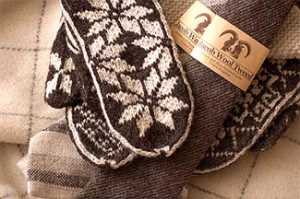 We arrived just on time and Mary burst out of the truck, helped me in with my goods and more or less stole the show from the minute we walked into the hall. After the talk was over, she clapped the loudest and gave me a wolf whistle – the first time that has ever happened! I watched Mary afterwards totally embrace all of the members of every age, she chatted, she made them laugh, but, importantly she listened. She genuinely cared about these people and their lives. It was a very special moment for me.
We arrived just on time and Mary burst out of the truck, helped me in with my goods and more or less stole the show from the minute we walked into the hall. After the talk was over, she clapped the loudest and gave me a wolf whistle – the first time that has ever happened! I watched Mary afterwards totally embrace all of the members of every age, she chatted, she made them laugh, but, importantly she listened. She genuinely cared about these people and their lives. It was a very special moment for me.
On the way home, Mary was unusually quiet and thoughtful. When we arrived home, we sat and had a cup of tea and I listened whilst she described what the morning meant for her. She honestly didn’t realise such wonderful events happened and how for many it was the highlight of their month, how really lonely some people are. I think that afternoon might have made a real impact on my new friend – there is a lot more to life then she imagined and she was definitely a different person who left Yellingham Farm to the one who arrived 3 days earlier.
Janet East
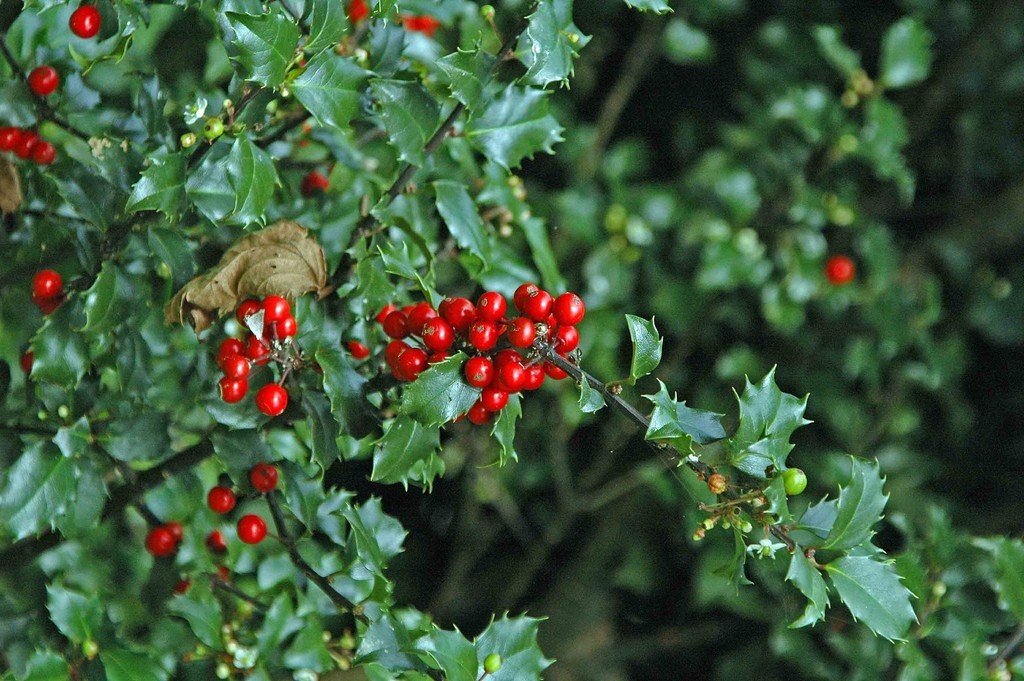 We checked out the Christmas trees too and they are looking good, so we will wait to the last minute to bring them into the cottages to ensure they are lovely and fresh.
We checked out the Christmas trees too and they are looking good, so we will wait to the last minute to bring them into the cottages to ensure they are lovely and fresh.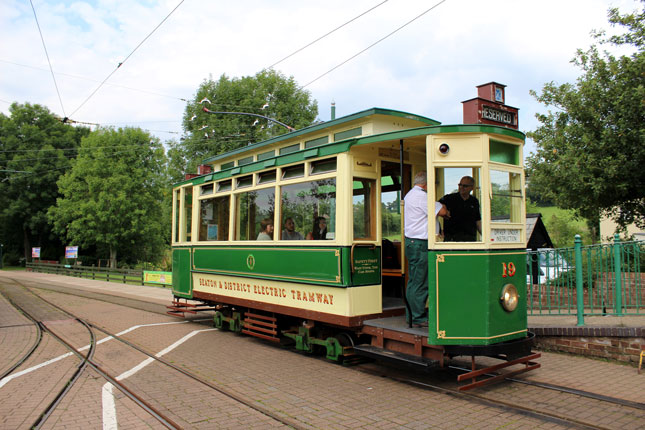
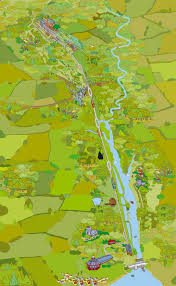 This weekend (16th/17th December) is a particularly exciting opportunity for children or grandchildren to experience the Polar Express! Based on the best-selling book by Chris Van Allsburg and everyone’s favourite Christmas movie, this trip to the North Pole invites you to take part in the Polar Express experience by tram. Listen to and sing along with all the songs, be served hot chocolate and cookies by the dancing chefs and meet Santa and his happy bunch of elves. Each child receives a special gift from Santa and you’re welcome to wear your pyjamas on board just like the movie! Departures from Seaton Terminus, Seaton, Devon: 4.00pm, 4.30pm, 5.30pm, 6.00pm, 7.00pm & 7.30pm. You should arrive 20 minutes prior to your trip. Fares From: Adult £19.95 Child (3-15) £15.95, under3s FREE 2+2 Family Ticket (including one child free) £55.85 when booked online. If you require wheelchair access please contact them before you book online.
This weekend (16th/17th December) is a particularly exciting opportunity for children or grandchildren to experience the Polar Express! Based on the best-selling book by Chris Van Allsburg and everyone’s favourite Christmas movie, this trip to the North Pole invites you to take part in the Polar Express experience by tram. Listen to and sing along with all the songs, be served hot chocolate and cookies by the dancing chefs and meet Santa and his happy bunch of elves. Each child receives a special gift from Santa and you’re welcome to wear your pyjamas on board just like the movie! Departures from Seaton Terminus, Seaton, Devon: 4.00pm, 4.30pm, 5.30pm, 6.00pm, 7.00pm & 7.30pm. You should arrive 20 minutes prior to your trip. Fares From: Adult £19.95 Child (3-15) £15.95, under3s FREE 2+2 Family Ticket (including one child free) £55.85 when booked online. If you require wheelchair access please contact them before you book online.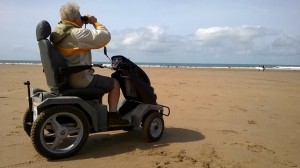 Not only has it given mum the confidence for Singapore, but it has also opened up lots of possibilities locally, as we know there are Trampers at Woolacombe, Saunton, Heddon Valley and Wimbleball Reservoir and we intend to find out where else they can be hired. So now she can access the countryside once more and we shall all enjoy some great family walks together over the months ahead. Caroline and I will do some research and compile a list of accessible places with Trampers to hire so that it’s in the office ready for any of our cottage guests who might find it useful.
Not only has it given mum the confidence for Singapore, but it has also opened up lots of possibilities locally, as we know there are Trampers at Woolacombe, Saunton, Heddon Valley and Wimbleball Reservoir and we intend to find out where else they can be hired. So now she can access the countryside once more and we shall all enjoy some great family walks together over the months ahead. Caroline and I will do some research and compile a list of accessible places with Trampers to hire so that it’s in the office ready for any of our cottage guests who might find it useful.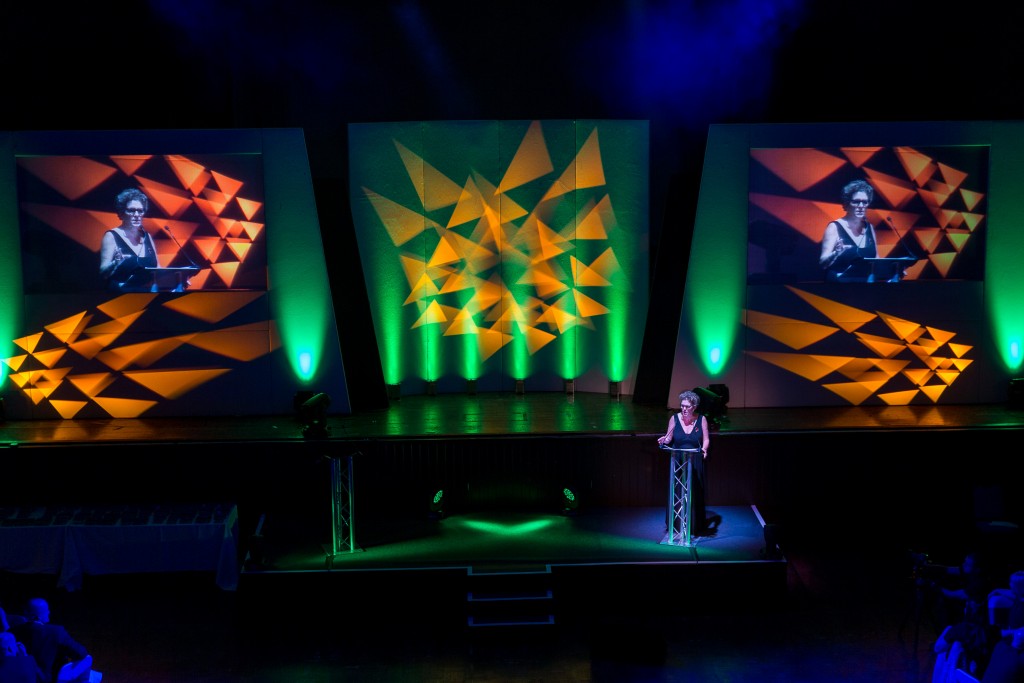 Jo Pavey (Olympian runner) was there to assist Judi Spiers in presenting the awards and about 320 people attended for a sumptuous meal at the Great Hall at Exeter University. Seventy-five awards were presented to winners in categories as diverse as Glamping, Spa & Wellbeing, Hotels, Restaurants, Pubs and Attractions.
Jo Pavey (Olympian runner) was there to assist Judi Spiers in presenting the awards and about 320 people attended for a sumptuous meal at the Great Hall at Exeter University. Seventy-five awards were presented to winners in categories as diverse as Glamping, Spa & Wellbeing, Hotels, Restaurants, Pubs and Attractions.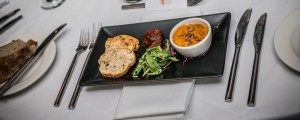 Attraction and experience Golds went to the Milky Way, Canonteign Falls, Reach Outdoors, the Old Kennels and the Ilsington Country House Spa. Food and drink Gold awards went to Home Farm Café, The Coach House at Kentisbury Grange and Millbrook Inn.
Attraction and experience Golds went to the Milky Way, Canonteign Falls, Reach Outdoors, the Old Kennels and the Ilsington Country House Spa. Food and drink Gold awards went to Home Farm Café, The Coach House at Kentisbury Grange and Millbrook Inn.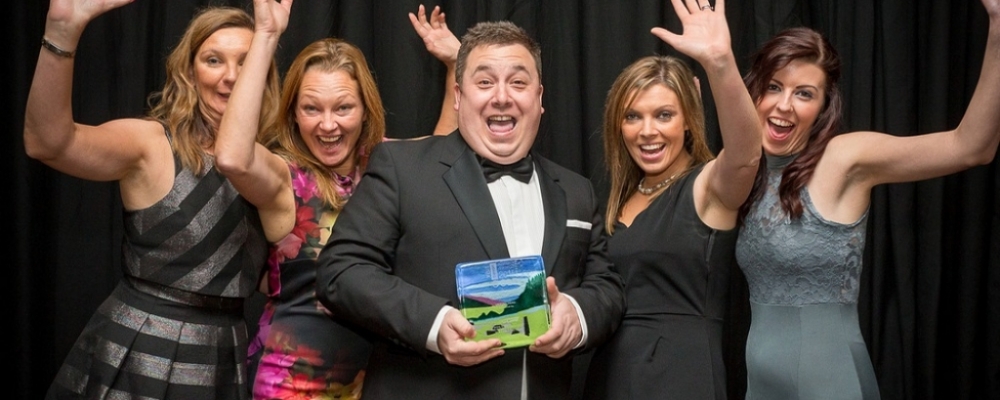 Chairman of the Awards Panel, David Fursdon, says: “I know how important the tourist industry is to Devon. The wonderful reputation that this very special County enjoys in this area depends on maintaining the highest standards and this year’s winners across a wide range of categories illustrate just that and personify one word; “Excellence”.”
Chairman of the Awards Panel, David Fursdon, says: “I know how important the tourist industry is to Devon. The wonderful reputation that this very special County enjoys in this area depends on maintaining the highest standards and this year’s winners across a wide range of categories illustrate just that and personify one word; “Excellence”.”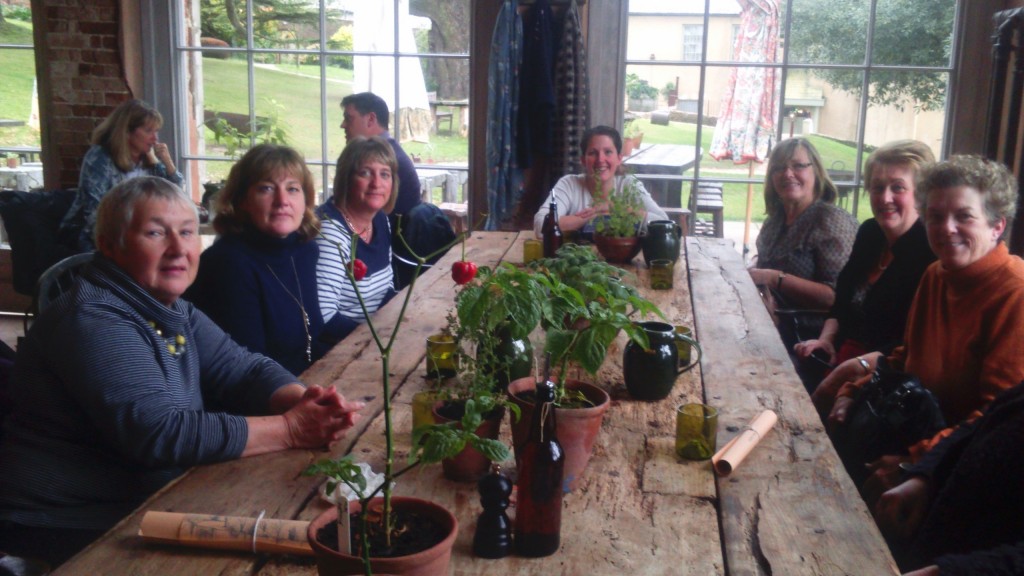
 I was preparing to get myself ready for a talk to a wonderful group of elderly people when one of my rather “special” female B and B guests was most intrigued to hear more about my talking exploits. Mary was a vibrant large, well proportioned lady, in her late 20’s, some 6ft tall, who was dressed to the nines, made up with lipstick brighter than the colour of my blood, eye lashes so long and black they could have brushed my dog, and foundation that would have supported a new house! That’s without a fake tan that my Samoan friend would be proud of.
I was preparing to get myself ready for a talk to a wonderful group of elderly people when one of my rather “special” female B and B guests was most intrigued to hear more about my talking exploits. Mary was a vibrant large, well proportioned lady, in her late 20’s, some 6ft tall, who was dressed to the nines, made up with lipstick brighter than the colour of my blood, eye lashes so long and black they could have brushed my dog, and foundation that would have supported a new house! That’s without a fake tan that my Samoan friend would be proud of. She wore a bright red, tight fitting mini skirt, a white see-through skimpy blouse showing masses of cleavage and red stiletto heeled shoes with black fishnet tights. Her makeup matched entirely and her outfit was completed with huge gold hoop earrings and more makeup than is for sale in Debenhams. Let’s hope there aren’t any men in the audience otherwise I can see the ambulance being required! She climbed out of Edward’s car, tottered over to mine, jumped in the truck, smiled the most beautiful smile and said,
She wore a bright red, tight fitting mini skirt, a white see-through skimpy blouse showing masses of cleavage and red stiletto heeled shoes with black fishnet tights. Her makeup matched entirely and her outfit was completed with huge gold hoop earrings and more makeup than is for sale in Debenhams. Let’s hope there aren’t any men in the audience otherwise I can see the ambulance being required! She climbed out of Edward’s car, tottered over to mine, jumped in the truck, smiled the most beautiful smile and said, We arrived just on time and Mary burst out of the truck, helped me in with my goods and more or less stole the show from the minute we walked into the hall. After the talk was over, she clapped the loudest and gave me a wolf whistle – the first time that has ever happened! I watched Mary afterwards totally embrace all of the members of every age, she chatted, she made them laugh, but, importantly she listened. She genuinely cared about these people and their lives. It was a very special moment for me.
We arrived just on time and Mary burst out of the truck, helped me in with my goods and more or less stole the show from the minute we walked into the hall. After the talk was over, she clapped the loudest and gave me a wolf whistle – the first time that has ever happened! I watched Mary afterwards totally embrace all of the members of every age, she chatted, she made them laugh, but, importantly she listened. She genuinely cared about these people and their lives. It was a very special moment for me.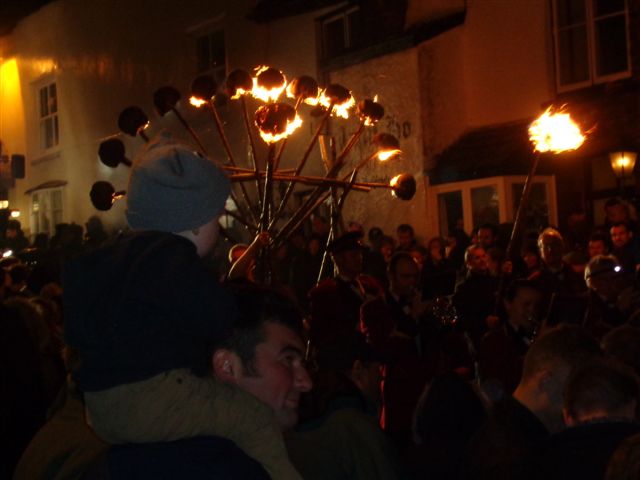 This carnival is a very big, annual event in the Hatherleigh/Okehampton area. It is a long established tradition that the leading frame is 12 torches, representing the 12 months of the year. In the afternoon is a very well supported childrens’ Fancy Dress Competition and the people of Hatherleigh have great skill in creating wonderful crepe paper tableaux born out of years of practice. Aptly, in the year we are celebrating the 90th birthday of Queen Elizabeth II, Hatherleigh has its own Queen Elizabeth – local resident 16 year old Elizabeth Hutton. The Prince & Princess this year are brother and sister, Guy, aged 4 and 7 year old Heidi Flowers.
This carnival is a very big, annual event in the Hatherleigh/Okehampton area. It is a long established tradition that the leading frame is 12 torches, representing the 12 months of the year. In the afternoon is a very well supported childrens’ Fancy Dress Competition and the people of Hatherleigh have great skill in creating wonderful crepe paper tableaux born out of years of practice. Aptly, in the year we are celebrating the 90th birthday of Queen Elizabeth II, Hatherleigh has its own Queen Elizabeth – local resident 16 year old Elizabeth Hutton. The Prince & Princess this year are brother and sister, Guy, aged 4 and 7 year old Heidi Flowers. 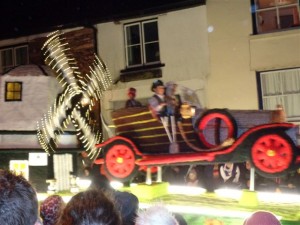
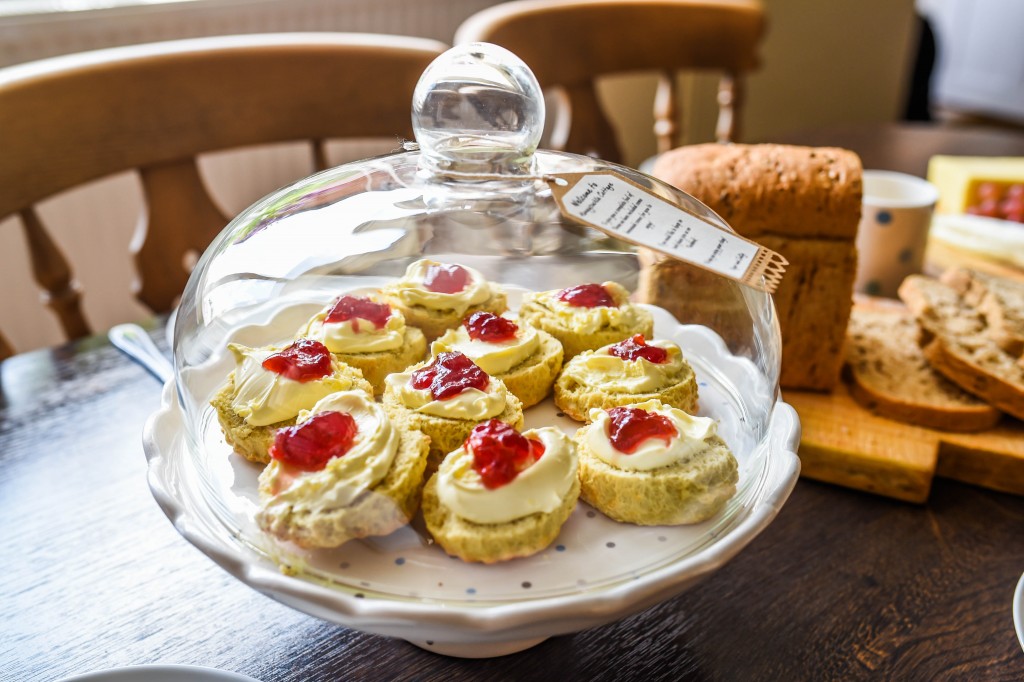
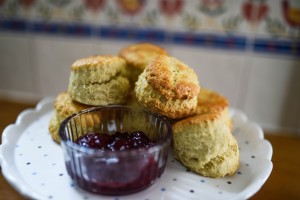
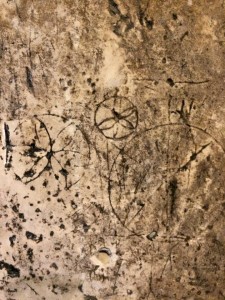
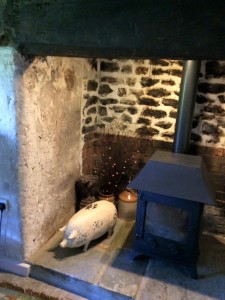 Historic England is calling upon members of the public to help create a record of the ritual markings carved into buildings and which were once believed to ward off evil spirits.
Historic England is calling upon members of the public to help create a record of the ritual markings carved into buildings and which were once believed to ward off evil spirits.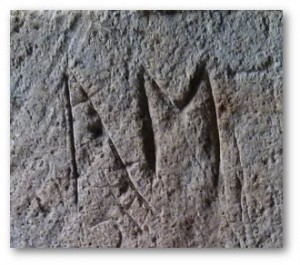 The marks are a physical reminder of how our ancestors saw the world and can teach us about previously-held beliefs and common rituals, but they are easy to overlook. The recorded evidence about where they appear, and what form they take, is thin.
The marks are a physical reminder of how our ancestors saw the world and can teach us about previously-held beliefs and common rituals, but they are easy to overlook. The recorded evidence about where they appear, and what form they take, is thin.
